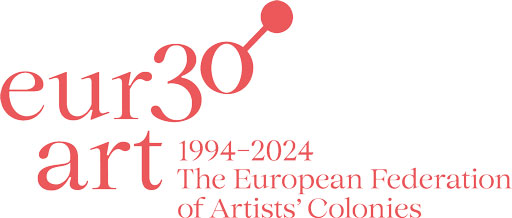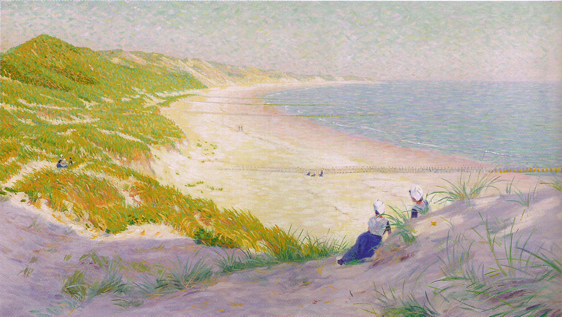Francisca van Vloten
Artists have traditionally roamed Walcheren, attracted by the pristine beauty of nature, the special light along the coast and its reflection on the flat land. The whimsical dune landscape, the sea and the old forests that surround the villages inspired painters, poets, composers and writers. For painters such as Piet Mondrian, Jan Toorop, Jacoba van Heemskerck, Mies Elout-Drabbe and Willem Vaarzon-Morel, the coastal town of Domburg was the central point. ‘t is so beautiful outside in colour, colour, color and sun’, Toorop sighed in 1908 during his stay in the seaside resort.
From 1870 Domburg developed into an artists’ colony. The colony flourished with Toorop, who, together with Piet Mondrian, laid the foundations for Dutch luminism. Numerous Dutch and foreign painters came to work in Toorop’s wake. They were inspired by the environment and by the characteristic Zeeland population. The so-called Domburgsche Exhibitions (1911-1921) made the bond between them even closer. The First World War was the beginning of the end for artists’ colony Domburg.
WBOOKS, Zwolle
ISBN: 978 94 625 8357 3
264 p.
Language: German
24,95 €


